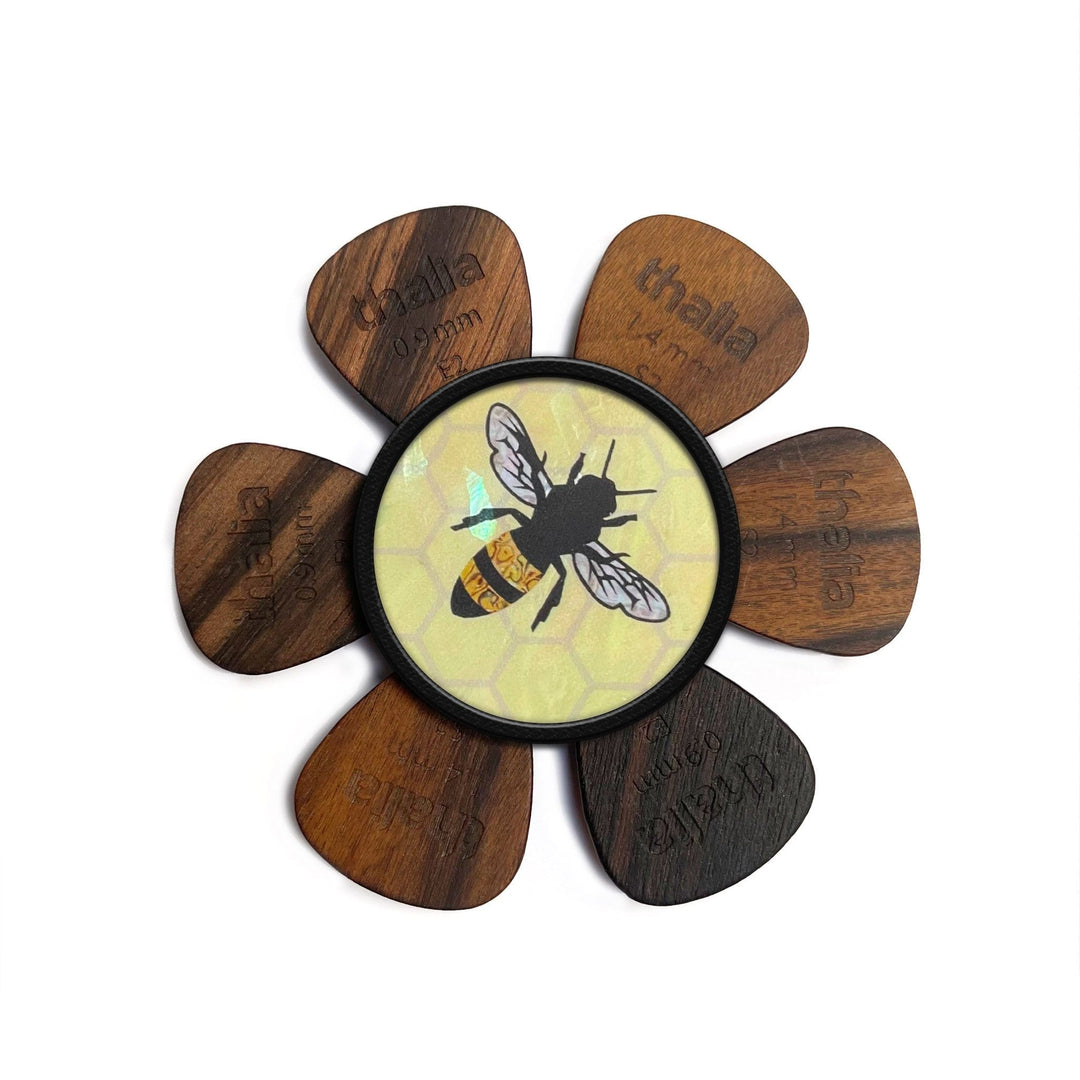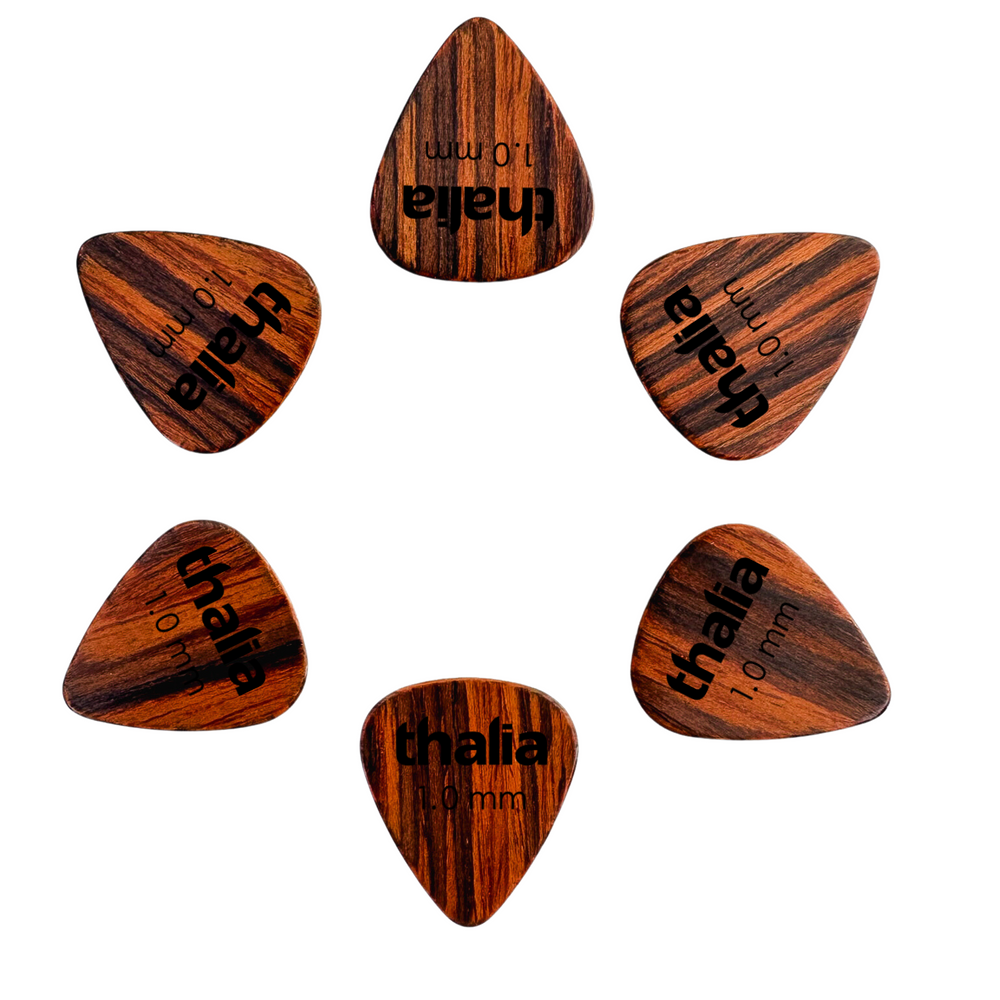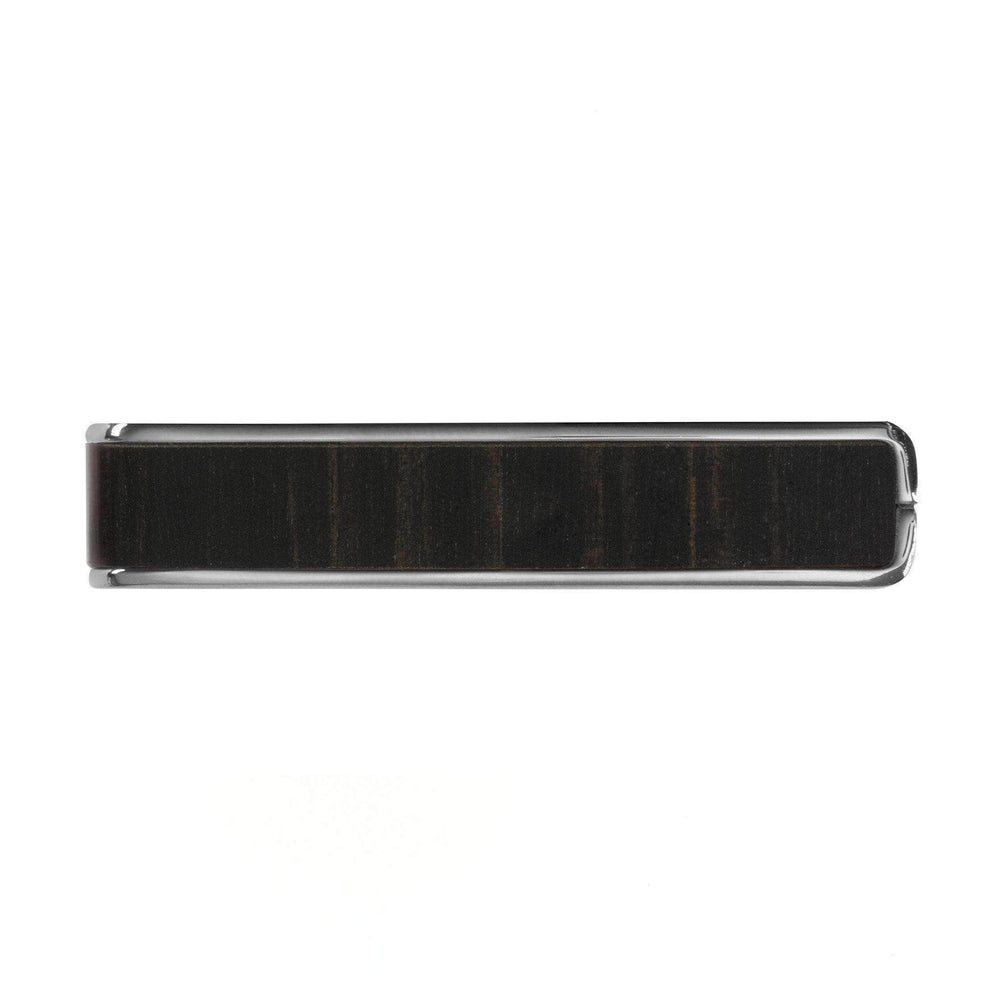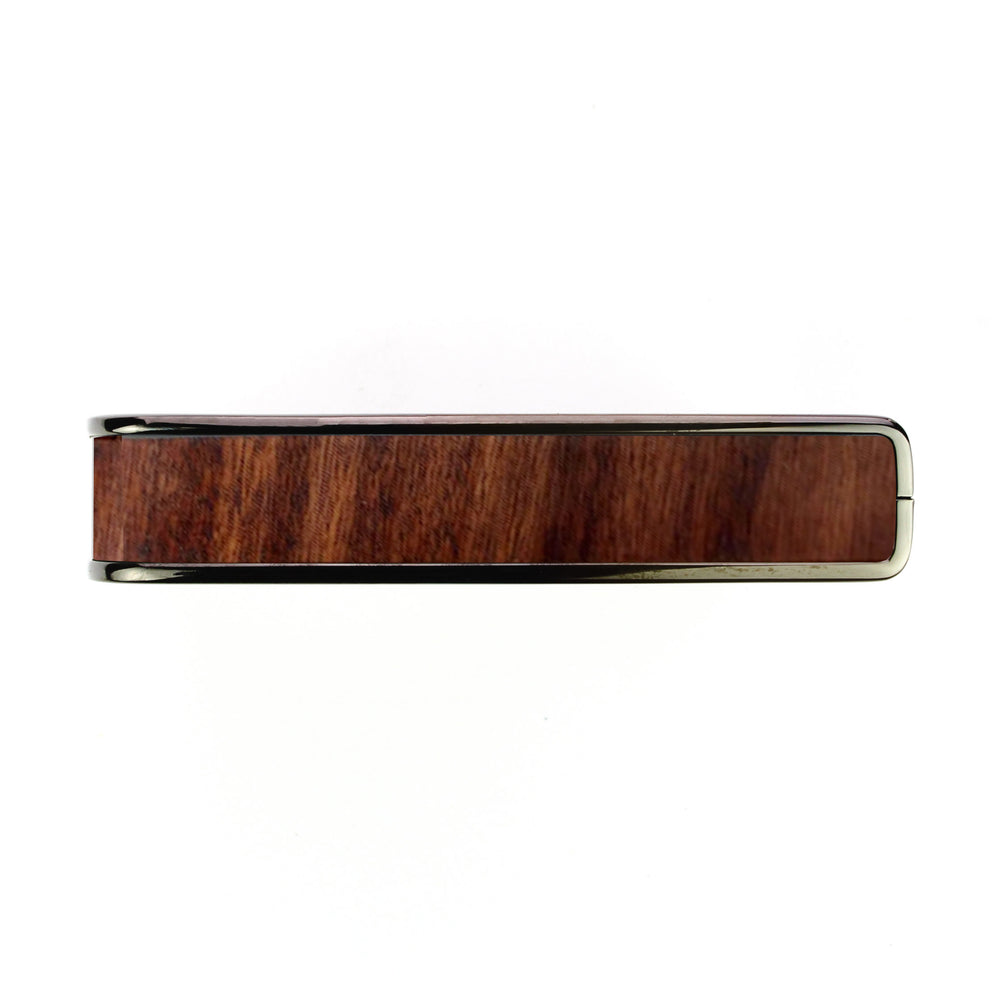You Should’t Take It So Hard - A look back at Keith Richards and Talk Is Cheap

The 1980s were a tumultuous time for the Rolling Stones, particularly the songwriting pairing Mick Jagger and Keith Richards. There was a lot of animosity between the pair, disagreeing on where to take the Stones’ music (Mick wanted to stay current, and Keith wanted to stay with their tried-and-true rock and roll sound). This feud was felt in the studio during the recording of 1986’s Dirty Work with the band barely in the same room at any time (Jagger did his vocals away from the main sessions), and no tour behind that record (Mick opted to work on and promote his 1987 album Primitive Cool).

Listening to Dirty Work (and its predecessor, 1983’s Undercover) is a bit of a challenge, with many conflicting styles going on from track to track. If Mick was modern, and Keith was classic, you know which person won the argument on which song.
So, what does Keith do? He teams up with Steve Jordan (drummer and multi-instrumentalist with an impressive resumé) to write some songs and enlists him to produce an album. Keith is backed up by a band dubbed the X-Pensive Winos featuring Jordan, Sarah Dash, Charley Drayton, Ivan Neville and Waddy Wachtel (as well as several guest musicians), all of whom bring their A-game to the studio. If Keith wanted to preserve the Stones’ rock and roll sound, he had the right band to do it with.

You can also really hear all the things that made Richards a special and integral part of the Stones and their sound. Songs have that swagger that’s indicative of Richards’ writing style. His trademark rhythm guitar is also on full display, taking center stage with support from the other Winos. You have open-G tuned telecaster riffs to your heart’s content; there’s no mistaking that this was a huge part of the Stones but it’s refreshing to hear them in this context as well. You would not be judged harshly if you actually thought this was a Rolling Stones record because of it (some critics have even called this album the best Stones album they never made).
Songs like “Take It So Hard”, “Struggle” and “You Don’t Move Me” could have easily fit right in on any of the Stones’ 1970s offerings. You also have some more jammy offerings, such as the album’s opening track “Big Enough” (which features Maceo Parker and Bootsy Collins), “Rockawhile”. Keith also delivers some amazing vocal performances on the album, particularly the ballads “Locked Away” and “Make No Mistake”. Not bad for someone who played behind one of the world’s most revered frontmen.
The whole album has that “band-playing-in-a-room” sound, with musicians playing off each other and listening to each other, which contributes to a sound that breathes. Many tracks sound like you’re walking into a jam session. Like the open-G riffs, this element was a crucial part of the Stones’ classic albums, especially with some of the offerings of the 1980s. Even the more “produced” songs still fit perfectly with the album’s main aesthetic and never stick out in the wrong way.
Musicians should give the album a spin; the songs are clinics in great writing and how to play well with others. While the band is there to support Keith, no one is lost in the shuffle as they all make space for each other. Guitar players should also really take note of Keith’s rhythm playing; there’s a reason he’s a guitar hero, though he doesn’t play a million notes.
Richards would make two more studio records with the X-Pensive Winos, 1992’s Main Offender and 2015’s Cross-Eyed Heart (both to critical acclaim), as well as 1991’s Live at the Hollywood Palladium. The Rolling Stones would arguably find their footing again with 1989’s Steel Wheels and 1994’s Voodoo Lounge. For us, we are just left with great rock n’ roll to listen to.
By Kevin Daoust - instagram.com/kevindaoust.gtr





















